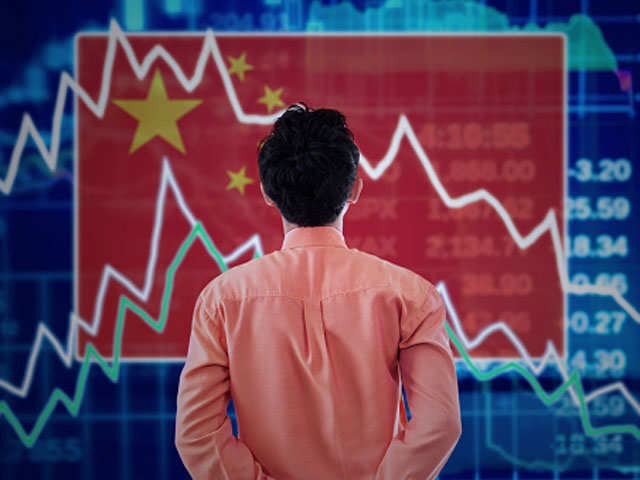INSUBCONTINENT EXCLUSIVE:
By Satyajit DasOver the past decade, a lot of capital has flowed into emerging markets thanks in part to excessive liquidity in advanced
This money has often found its way into risky or suspect investment structures
Should a crisis strike — say, contagion from Turkey — investors in these markets will be exposed to risks that they simply aren’t
prepared for.
One problem is that investors have piled into familiar carry trades, either directly or via funds
They’ve purchased high-yielding emerging-market securities and then, as returns have fallen, resorted to more adventurous strategies to
Japanese retail investors, for example, are exposed to funds known as double-deckers, which purchase high-yield debt, then swap the income
flows from the bond into a currency with high interest rates.
Investors gain if the underlying bonds perform well and the currency
appreciates against the yen
But they suffer capital losses if the bonds default or the currency falls
Such funds are vulnerable to weakening emerging-market currencies — and could set off a negative spiral of losses, redemptions,
liquidations and more losses.
Another looming risk concerns transparency
Disclosure and governance are often weak in these markets
Financial statements frequently don’t meet international accounting standards, and companies have been gravitating toward exchanges with
less rigorous reporting requirements, thus reducing available information.
One result is that true liabilities are hard to establish and
investor control over funds can be limited
Mozambique borrowed about $2 billion from international lenders between 2013 and 2014
The proceeds don’t appear to have been used to buy fishing boats and a coastal-security system as advertised
Many Chinese companies arbitrage interest costs by borrowing and then on-lending to smaller companies or shadow banks
The integrity of an underlying security pledged to support such loans isn’t guaranteed, and there are persistent concerns that the same
assets have been used as collateral multiple times.
After the Asian financial crisis in 1997, lenders found it difficult to enforce their
strict contractual rights in local courts unsympathetic to foreign investors and lenders
Government intervention, such as the imposition of capital controls, prevented redemptions and the repatriation of funds
Similar issues may hinder investors in China, India and especially African frontier markets where insolvency procedures are less developed
or sometimes nonexistent.
Making matters worse, the investment structures used in these markets may themselves be flawed
Many emerging-market entities use offshore special-purpose vehicles to borrow funds
The proceeds are then channeled as an inter-company loan or as an equity injection into another group company
In both cases, investors can’t directly access the underlying assets or cash flows and are reliant on the internal debt payments or
dividends for interest and principal
Where the structure entails an internal equity injection, investors are subordinated to domestic lenders and will rank after them in case of
insolvency.
Equity investors in Chinese companies, such as Alibaba Group Holding Ltd
and Baidu Inc., don’t actually own shares but have a stake in what’s called a variable interest entity (or VIE) typically domiciled in
A VIE consists of a series of contracts that simulate ownership in the company rather than conferring a direct proprietary title in the
underlying assets.
About half of the more than 200 Chinese companies traded on U.S
exchanges use such a structure
Yet VIEs may not be legally recognized or enforceable in some cases, especially since they’re designed to circumvent prohibitions on
And investors could lose control of valuable assets when the owners of the underlying businesses reshuffle the holdings.
Many of these
issues have been willfully ignored in the euphoric boom of the past few years, or rationalized as simply an unavoidable part of investing in
fast-growing emerging markets
The risks are likely to increase where companies are under financial pressure.
Financial crises always take longer to arrive and unfold more
quickly than people expect
Emerging-market investment strategies and structures always appear to be safe until you need them to work, and then they don’t
Investors must hope that these structures don’t come back to haunt them
But there’s every reason to think they will.
(This column does not necessarily reflect the opinion of economictimes.com, Bloomberg and its

